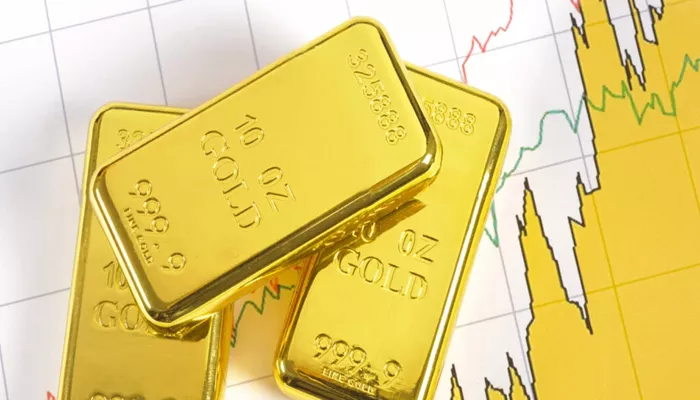Over the past year, gold prices have soared to record highs, fueled by geopolitical tensions and recession fears. Last month, prices surged past $3,500 per ounce as investors sought refuge in the precious metal amid global uncertainty.
Grace Peters, Global Head of Investment Strategy at JPMorgan, now predicts that gold could climb as high as $4,000 per ounce within the next year. This forecast is based not on crisis-driven demand, but on continued growth in U.S. and global GDP.
In a Wednesday interview with Bloomberg TV, Peters noted that U.S. equity markets have largely priced in optimism around a potential U.S.-China trade agreement, with the S&P 500 now just 3-4% below its all-time high. She stated, “Negotiations to lower excessive tariffs are clearly a positive sign.” Even if tariffs remain elevated, she expects the effective rate to stabilize around 15%, creating a supportive environment for corporate earnings, risk assets, and sustained economic expansion.
Peters stressed that the broader debate centers on whether recent U.S. policy changes are cyclical or structural. In this context, regional diversification becomes vital. With ongoing policy uncertainty, investors are seeking balanced exposure across markets. Both U.S. and European equities are expected to benefit from this strategy.
Federal Reserve Policies Boost Market Confidence
JPMorgan is finalizing its 12-month gold price target. According to Peters, the Federal Reserve’s stance adds confidence to the U.S. markets. She forecasts two interest rate cuts by the Fed in both 2024 and 2025, which would bring the terminal rate down to around 3.5%. Under such conditions, the S&P 500 could return to its February peak and possibly set new records.
While slowing growth may warrant additional rate cuts, Peters warned that inflationary pressures—particularly consumer expectations—still constrain the Fed’s actions.
The outlook of moderate growth, robust earnings, and measured Fed policy easing strengthens JPMorgan’s call for strategic diversification. “Maintain risk exposure, but diversify consciously across regions,” Peters emphasized.
A Structural Rally for Gold: From $3,500 to $4,000
When discussing gold’s role, Peters reaffirmed JPMorgan’s bullish outlook. “Gold serves multiple purposes: diversifying U.S. market exposure, hedging currency risks, and navigating geopolitical uncertainty.”
Gold has already outpaced JPMorgan’s initial $3,500 target this year. As a result, the bank has raised its 12-month forecast to $4,000 per ounce.
Several factors are driving this momentum: strong institutional demand, especially from emerging market central banks aligning reserves with developed markets, and steady retail ETF inflows. Peters also pointed to resilient physical demand—jewelry and industrial tech consumption should remain solid or even grow if GDP expectations hold steady.
On Thursday, spot gold fell 1.67% in a technical pullback, briefly dipping below $3,300 in afternoon trading. Yet JPMorgan views this correction as consistent with gold’s evolving role—from a short-term trading asset to a strategic hedge within diversified portfolios.
Related Topics:
Which Currencies Are Backed by Gold?

